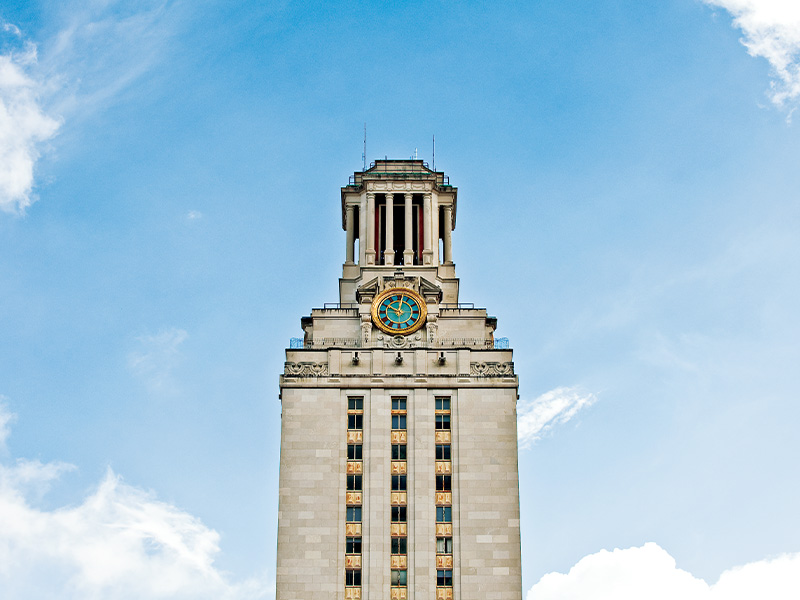
Using a $105 million National Science Foundation grant, Purdue University – with the help of University of Texas at Austin engineering researchers – will spearhead a new center that will serve as headquarters for the operations of the George E. Brown, Jr. Network for Earthquake Engineering Simulation, or NEES.
Its main mission will be to advance research and education to reduce the devastation and loss of human life from earthquakes and tsunamis.
Purdue will connect 14 NEES research equipment sites, which include Austin, and the earthquake engineering community through groundbreaking cyberinfrastructure, education, and outreach efforts. The center is expected to begin operations on Oct. 1.
The Purdue-led NEEScomm Center, which stands for NEES Community and Communications, includes partners from the University of Texas at Austin, the University of Washington at Seattle, the University of Kansas at Lawrence, San Jose State University, the University of Florida at Gainesville, the University of Michigan at Ann Arbor, and Fermi National Accelerator Laboratory.
The center will help researchers share information and equipment to enable research and innovation in earthquake and tsunami loss reduction, create an educated workforce in hazard mitigation, and conduct broader outreach and lifelong learning activities, said Julio Ramirez, the project’s principal investigator and a professor of civil engineering.
A cornerstone of the center is the development of information technology components that allow for new forms of collaboration and cooperation, said Rudolf Eigenmann, co-principal investigator and professor of electrical and computer engineering at Purdue.
The NEEScomm Center will be a collaborative space and science hub where scientists and engineers can run scientific models and “what if?” scenarios. Hubs allow researchers to run models using a simple web interface. The hub connects with supercomputing resources on the NSF’s TeraGrid and the national DiaGrid, which allow researchers to run their experiments without having to request time on a supercomputer.
“A critical and often difficult component of sharing data to advance research is making the findings of others easy to access and use,” Eigenmann said. “The HUBzero technology will allow someone to simply go to a website and instantly be able to view data or run a simulation. It will eliminate the need to first download and install an application to view the data and then spend time downloading a large volume of data before beginning work.”
Ellen Rathje, professor of geotechnical engineering at the Cockrell School of Engineering and co-principal investigator of the project, said another key advantage of NEEShub is its data presentation capabilities.
“The new information technology created will enable research to take place that couldn’t be done before,” Rathje said. “Data will be presented in an easily searchable and usable format, like a virtual lab notebook, that will give experiments a longer life as researchers reuse existing data to run their own analysis and find new insights. It’s sort of like Facebook for scientists, but instead of posting vacation photos, we’re posting research results.”
In the past decade, 124 major earthquakes have occurred throughout the world, according to the U.S. Geological Survey. Major earthquakes are generally accepted to register a magnitude in excess of 7 on the Richter scale and inflict serious damage, including the collapse of buildings and bridges, over a large area. The organization estimates that earthquakes were responsible for 463,959 deaths in the past decade.
NEES began development in 2000 and is a shared national network of 14 state-of-the-art earthquake engineering and tsunami experimental facilities at universities across the United States. It includes collaborative tools, a centralized data repository, and earthquake simulation software.
